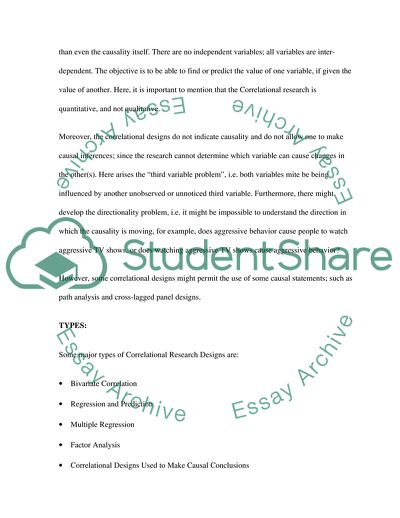Cite this document
(Research Design and Research Methods Assignment Example | Topics and Well Written Essays - 1250 words, n.d.)
Research Design and Research Methods Assignment Example | Topics and Well Written Essays - 1250 words. https://studentshare.org/education/1712017-reseach-design
Research Design and Research Methods Assignment Example | Topics and Well Written Essays - 1250 words. https://studentshare.org/education/1712017-reseach-design
(Research Design and Research Methods Assignment Example | Topics and Well Written Essays - 1250 Words)
Research Design and Research Methods Assignment Example | Topics and Well Written Essays - 1250 Words. https://studentshare.org/education/1712017-reseach-design.
Research Design and Research Methods Assignment Example | Topics and Well Written Essays - 1250 Words. https://studentshare.org/education/1712017-reseach-design.
“Research Design and Research Methods Assignment Example | Topics and Well Written Essays - 1250 Words”. https://studentshare.org/education/1712017-reseach-design.


